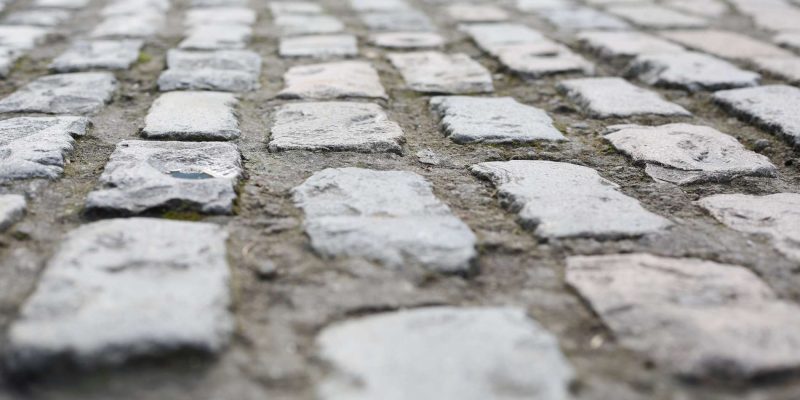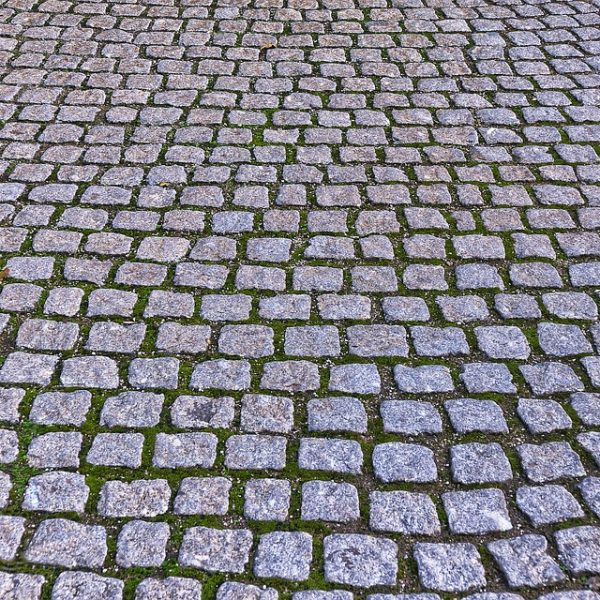
The Resilience of Cobblestone Roads
Cobblestone roads have a rich history that stretches back centuries, bearing witness to the ingenuity of mankind and the timeless ability to construct structures that can withstand the trials of time.
These roads consist of small stones arranged in an interlocking pattern and compacted together, typically crafted from granite, limestone, or basalt. While they were initially used for transportation, cobblestone roads have found diverse applications in many parts of the world, serving as pathways and foundational components for various structures.
In modern times, cobblestone roads continue to fulfill their primary purpose – facilitating transportation. They offer a sturdy and reliable surface for vehicles, pedestrians, and cyclists alike. But their value extends beyond mere functionality. Cobblestone roads have endured due to advancements in the materials used and enhanced resistance to natural forces, providing greater resilience and longevity.
One of the key factors contributing to the enhanced strength of today’s cobblestone roads is the higher quality of stones utilized. Compared to their predecessors, modern stones are stronger, more durable, and better equipped to withstand the test of time. These stones have also been specifically chosen for their superior resistance to weathering and wear and tear, ensuring that the road surface remains intact despite frequent use and exposure to the elements.
Furthermore, the stones used in contemporary cobblestone roads have been designed to resist damage caused by vehicles. They possess increased thickness and durability, enabling them to bear significant weight without crumbling or deteriorating. As a result, the roads can effectively withstand the continuous stress and strain induced by vehicular movement.
In addition to withstanding vehicle-induced impacts, modern cobblestone roads also demonstrate greater resistance to damage from various environmental factors. The reinforced stones used in present-day construction projects possess heightened thickness and durability, offering improved protection against the corrosive effects of rain, extreme temperatures, and other natural elements. This resilience ensures that the road surface remains intact and functional, even in the face of harsh weather conditions.
Another significant advantage of contemporary cobblestone roads lies in their enhanced resistance to animal-related damage. The strong and resilient stones used in their construction are less prone to cracking or breaking due to the activities of burrowing animals, reducing the need for costly repairs. This durability also contributes to safeguarding the well-being of local wildlife, minimizing potential disruptions to their habitats.
Moreover, modern cobblestone roads have been developed with a focus on fortifying their resistance to human-induced damage. The thicker and sturdier stones used in their construction act as a deterrent, discouraging vandalism and unauthorized modifications. This aspect ensures that the roads serve their intended purpose and continue to be a valuable asset to the community.
Furthermore, the advent of technologically advanced construction methods has resulted in cobblestone roads that are more resilient in the face of natural disasters. The robust stones used in their creation are better equipped to withstand the forces exerted during earthquakes, floods, and other catastrophic events. This increased resilience translates into lower maintenance costs and minimized disruptions in the aftermath of such occurrences.
The durability of modern cobblestone roads also extends to their resistance to pollution and chemical damage. The stones utilized in their construction feature a greater thickness and increased density, making them more impervious to the corrosive effects of pollutants and chemicals. This resistance to degradation ensures that the roads maintain their structural integrity and continue to serve as a reliable means of transportation.
In conclusion, the enduring strength and resilience of cobblestone roads serve as a testament to human ingenuity, highlighting our ability to create structures that can stand the test of time. These roads not only provide functional benefits but also remind us of the importance of selecting robust and durable materials. Moreover, they underscore the significance of caring for our environment and preserving our natural resources. As we continue to appreciate and maintain cobblestone roads, we honor their historical significance while ensuring their longevity for generations to come.
















